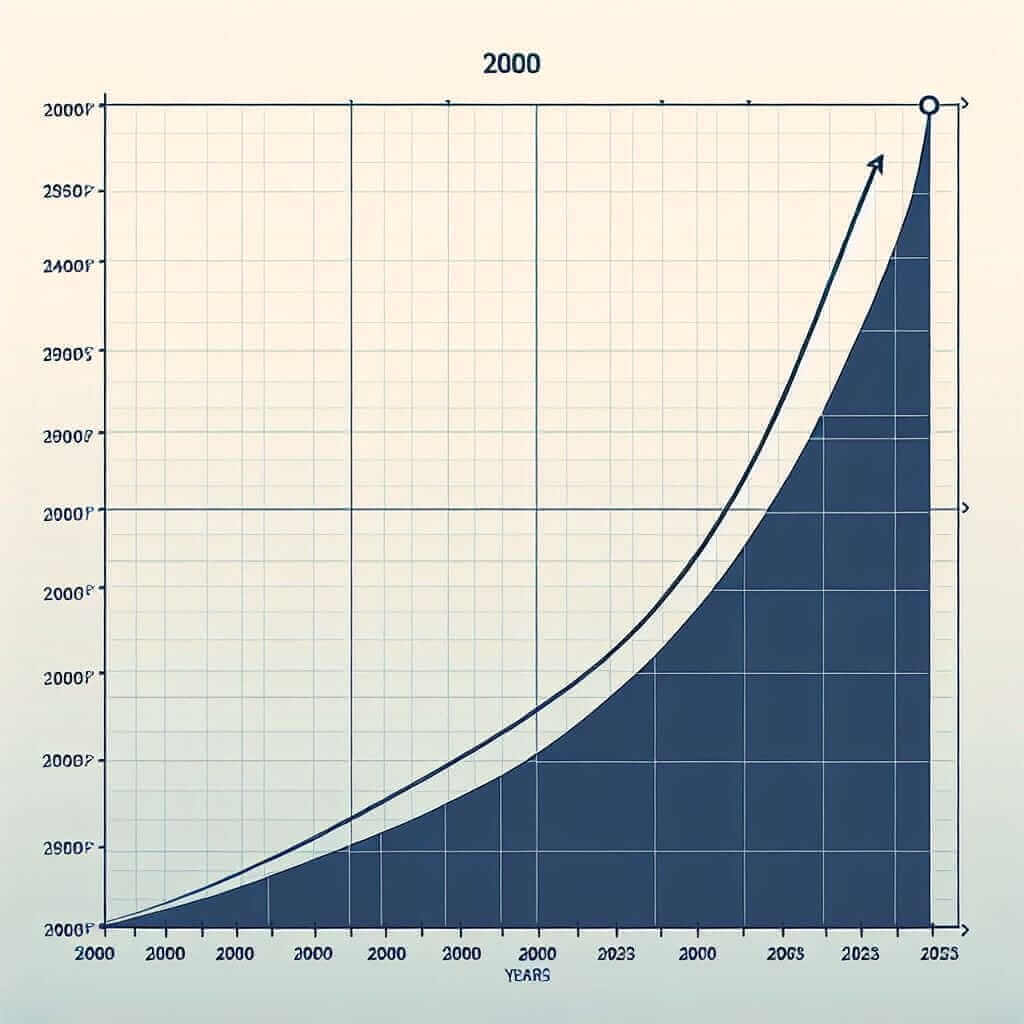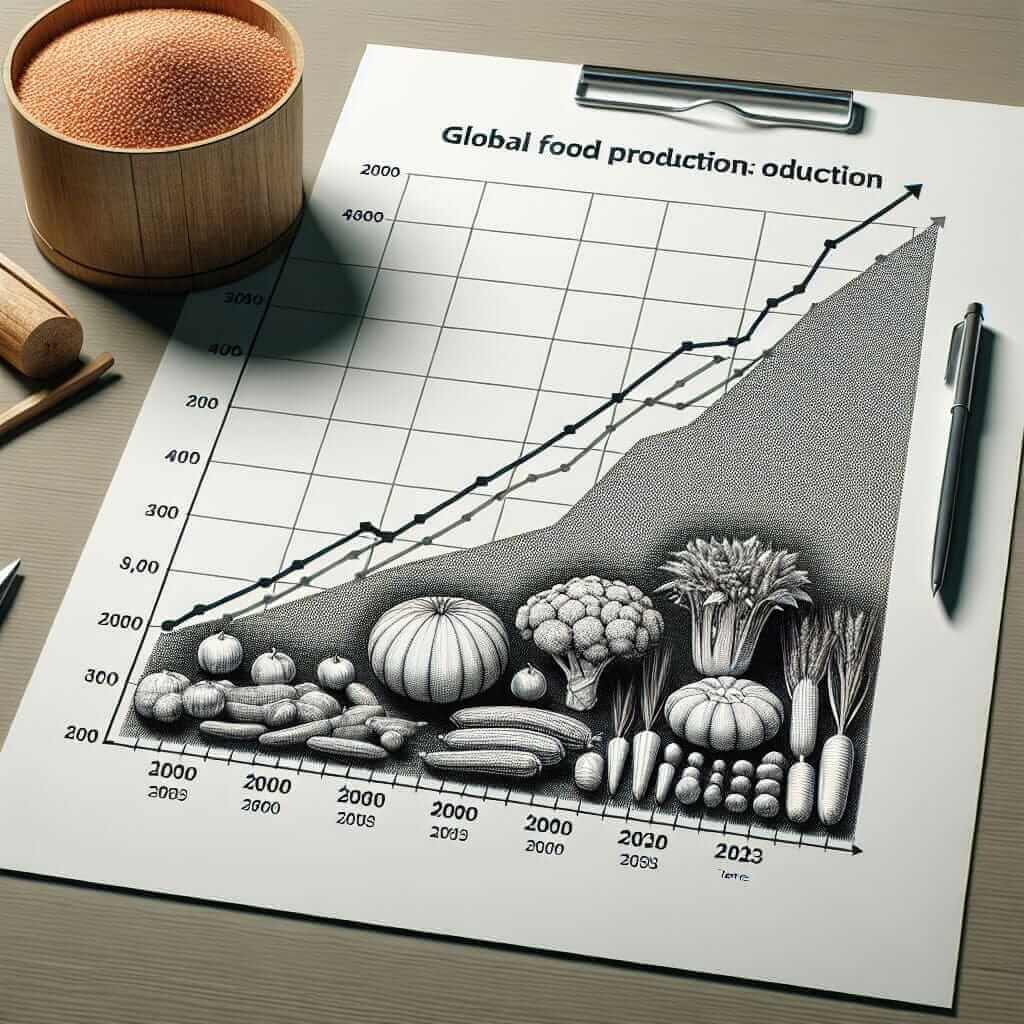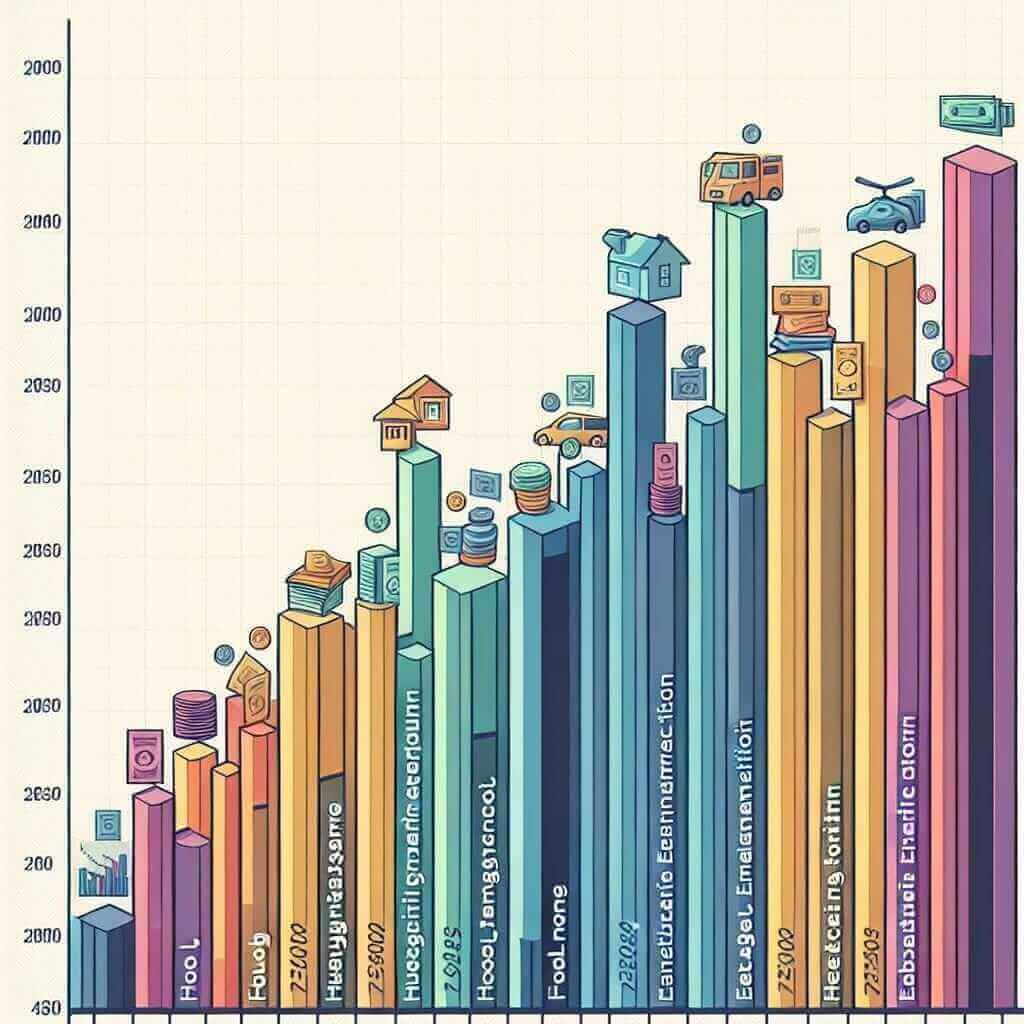Mobile phones have evolved substantially from being a luxury item in the early 2000s to an essential part of modern life. This tremendous growth in mobile phone usage provides a fascinating and relevant topic for IELTS Writing Task 1, which often involves analyzing data and trends. In this article, we will dissect the trends in mobile phone usage from 2000 to 2023 and provide an excellent example of how to write about such trends.
Nội dung bài viết
Introduction
Understanding trends in mobile phone usage is not only beneficial for academic purposes but also provides insight into technological advancements over the years. For IELTS candidates, this topic offers opportunities to practice describing trends, comparing data, and using specific vocabulary and structures to articulate these changes precisely.
Relevant IELTS Writing Task 1 prompts:
- “The bar chart shows the number of mobile phone users in five different countries from 2000 to 2023. Summarize the information by selecting and reporting the main features and make comparisons where relevant.”
- “The line graph illustrates the percentage of the population using mobile phones globally from 2000 to 2023. Summarize the information by selecting and reporting the main features and make comparisons where relevant.”
- “The table compares the average time spent on mobile phones per day by individuals in several countries from 2000 to 2023. Summarize the information by selecting and reporting the main features and make comparisons where relevant.”
Chosen Task and Data
Let’s select the second prompt for detailed analysis and example writing:
“The line graph illustrates the percentage of the population using mobile phones globally from 2000 to 2023. Summarize the information by selecting and reporting the main features and make comparisons where relevant.”
Data Source (Hypothetical Line Graph Data)
To support the writing task, let’s create a hypothetical line graph data:
- 2000: 5%
- 2005: 15%
- 2010: 35%
- 2015: 55%
- 2018: 70%
- 2020: 80%
- 2023: 90%
Analyzing the Task
The task requires us to summarize the data on the line graph, focusing on prominent trends and making necessary comparisons. Our goal is to highlight the main developments over the given period and use appropriate language to describe these trends.
Writing Sample
Below is a model IELTS Writing Task 1 response based on the chosen data:
The line graph depicts the global percentage of the population that used mobile phones between 2000 and 2023. Overall, mobile phone usage experienced a significant upward trajectory throughout this period.
In 2000, only a small fraction of the global population, about 5%, used mobile phones. This figure saw a noticeable increase over the next five years, reaching 15% by 2005. The upward trend continued more dramatically between 2005 and 2010, with the percentage of users rising to 35%, thereby more than doubling in this five-year span.
The surge in mobile phone usage persisted, witnessing a sharp climb to 55% by 2015. This growth trend maintained its momentum, as by 2018, a considerable majority, 70%, of the global population were mobile phone users.
The adoption of mobile phones further accelerated between 2018 and 2020, reaching 80%. By 2023, this trend culminated with 90% of the global population using mobile phones, indicating near-universal usage.
In summary, from 2000 to 2023, there was a steep and steady increase in the global use of mobile phones, with the adoption rate rising dramatically from just 5% to a substantial 90%.
 Global Mobile Phone Usage (2000-2023)
Global Mobile Phone Usage (2000-2023)
Words: 186
Tips and Vocabulary
Key Points for Writing Task 1:
-
Grammar and Structure:
- Use the past simple tense to describe historical data.
- Utilize comparative and superlative structures to highlight significant changes and differences.
- Incorporate complex sentences to add sophistication to your writing.
-
Vocabulary for Describing Trends:
- Verbs: “increase,” “rise,” “soar,” “climb,” “surge”
- Nouns: “growth,” “upward trend,” “surge,” “increase”
- Adjectives/adverbs: “dramatically,” “significantly,” “steadily,” “sharp,” “substantial”
-
Useful Phrases:
- “Experienced a significant upward trajectory”
- “Witnessed a sharp climb”
- “The surge in mobile phone usage persisted”
- “A substantial majority of the population”
Difficult Vocabulary Explained:
- Trajectory (n) /trəˈdʒɛktəri/: The path or direction followed by an object, or in this case, a trend.
- Dramatically (adv) /drəˈmætɪkli/: In a way that is sudden and noticeable.
- Substantial (adj) /səbˈstænʃl/: Of considerable importance, size, or worth.
- Surge (n) /sɜːrdʒ/: A sudden powerful forward or upward movement, often used to describe a rapid increase.
- Majority (n) /məˈdʒɒrɪti/: The greater number or part of something.
Conclusion
In summary, analyzing trends in mobile phone usage from 2000 to 2023 offers opportunities to employ a range of descriptive and comparative language skills essential for the IELTS Writing Task 1. Focus on highlighting main trends, using accurate vocabulary, and constructing well-formed sentences to achieve a Band 7+ score. Practice regularly with different data sets to master this skill.


